Request for Assistance: Two Meter Interference, Hudson MA
Bob Glorioso, W1IS, writes on NE Mass Fox Hunters list on Mar 11, 2021 at 6:06 AM:
W. Middlesex ARES uses 147.435 MHz with 110.9 Hz tone simplex for our net and emergency calling frequency. When the local Fire Dept. moved to a new building and left the tower in the center of town for Fire and Police repeaters, we were stuck with a 2M antenna at 90 ft but no place for a rig. We worked with Fire Chief Landry and shared the expense of putting a new antenna and remote base in the equipment shack at the base of the tower that has automatic power back-up. Its input is on 70 cm..
Interference from a strong intermittent broadband signal started on 147.439 MHz late last year. It is dead full quieting into our remote base on 147.435 and wipes out direct calls on 147.435 around town. The base only comes on when someone with the right tone triggers it but, if the noise comes on, many of the handheld stations around town are wiped out. I found it was strong near the Intel plant in Hudson by driving around when it was on. Early in January it went off and, unfortunately, came back on yesterday right after our monthly net. I heard it today coming back from getting our Covid shots at Gillett when we got to Hopkinton on 495.
Any assistance locating and silencing this noise will be appreciated.
Thanks & 73,
Bob W1IS
EC Stow


 The
The 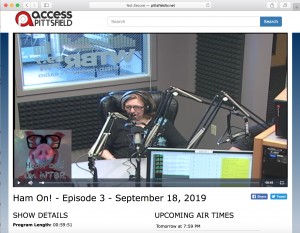
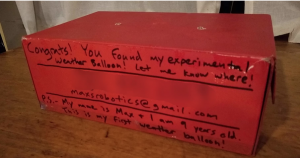
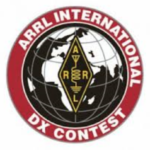 ARRL SSB DX Contest, March 6-7, 2021
ARRL SSB DX Contest, March 6-7, 2021 Due to COVID-19 concerns, SKYWARN Training classes will again be held virtually in 2021. SKYWARN Training sessions will occur on three weeknights and two weekends in April and May. The weeknight sessions will be taught by NWS forecasters and the weekend sessions taught by Amateur Radio operators.
Due to COVID-19 concerns, SKYWARN Training classes will again be held virtually in 2021. SKYWARN Training sessions will occur on three weeknights and two weekends in April and May. The weeknight sessions will be taught by NWS forecasters and the weekend sessions taught by Amateur Radio operators.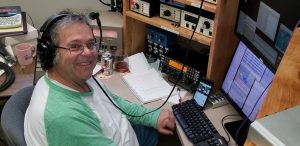
 A Taunton, MA amateur is among twelve US Army Military Auxiliary Radio System (MARS) volunteers being honored with gold-level recognition for the President’s Volunteer Service Award for 2020.
A Taunton, MA amateur is among twelve US Army Military Auxiliary Radio System (MARS) volunteers being honored with gold-level recognition for the President’s Volunteer Service Award for 2020. New England Vice Director Phil Temples, K9HI, will present an “ARRL Update” talk at the the
New England Vice Director Phil Temples, K9HI, will present an “ARRL Update” talk at the the  Douglas Bruce, KC1MJK, writes on the W1HH.org website:
Douglas Bruce, KC1MJK, writes on the W1HH.org website: On Tuesday March 9 at 19:00 Wayne Hansen, KC1MCW, and Mark Rudd, KC1LOM, will present,“Flying the Beam: Navigation by Air & Space.”
On Tuesday March 9 at 19:00 Wayne Hansen, KC1MCW, and Mark Rudd, KC1LOM, will present,“Flying the Beam: Navigation by Air & Space.”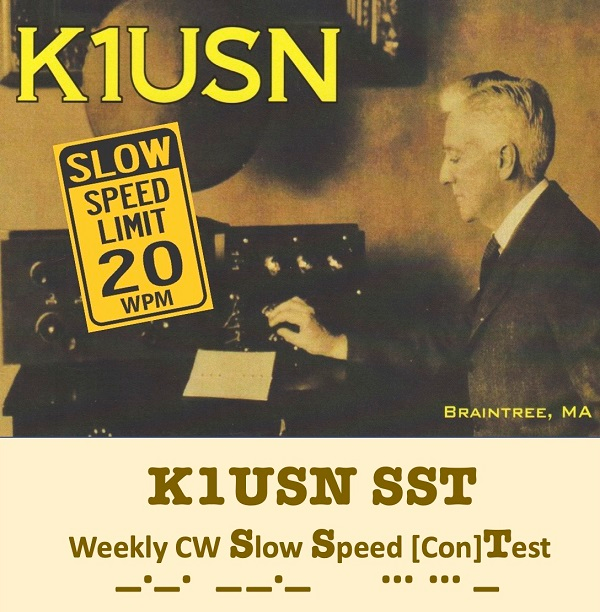
 Norm, WA1NLG, writes on the BARC mailing list:
Norm, WA1NLG, writes on the BARC mailing list: